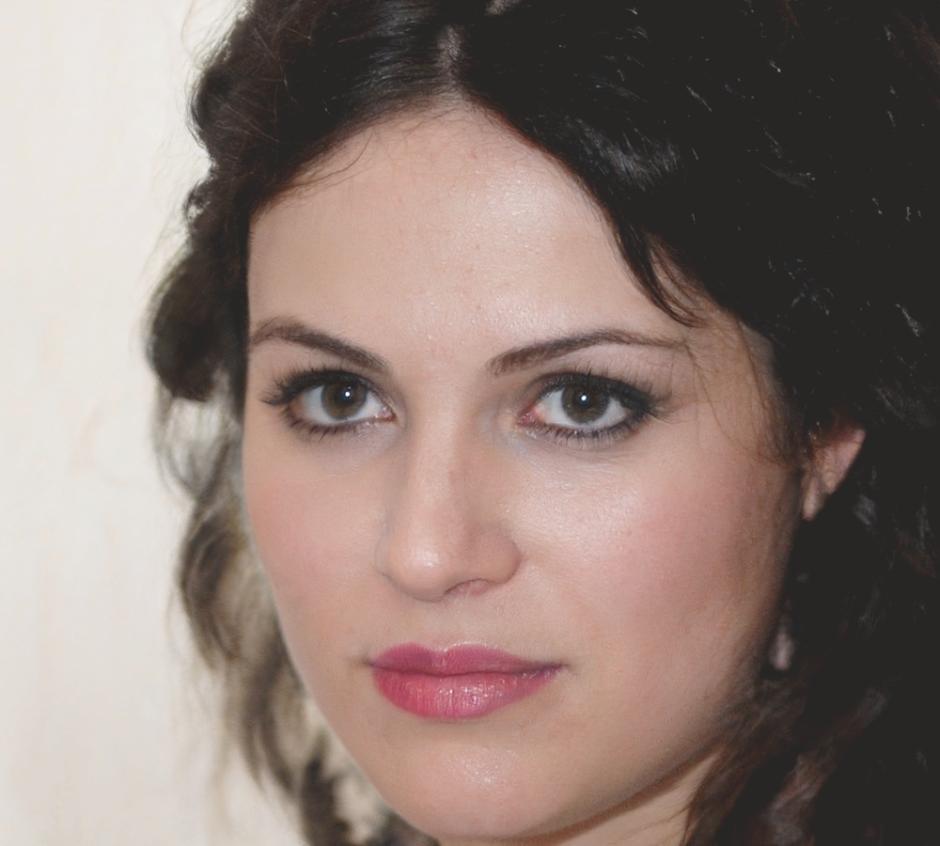Margot Quillan
Operations Manager, Medical Practice (Perth)
Three months after finishing the program, Margot received an email from their pathology supplier requesting updated banking details. The email looked perfect—right logo, correct contact name, even referenced a recent order.
But she remembered the session on urgency tactics. The email said they needed the update within 24 hours to "avoid payment processing issues." That pressure felt manufactured.
What She Did
Called the supplier directly using the number from their website, not the email. Turned out it was a scam—the real supplier had no idea about the email. Would have cost them around $23,000.
Idalia Neustadt
Finance Director, Tech Startup (Melbourne)
Idalia's company was growing fast, processing dozens of invoices weekly. After the program, she implemented a simple verification step: any payment over $5,000 to a new vendor required verbal confirmation from two people.
Sounds basic, but it caught two fraudulent invoices in eight months. One was sophisticated—a fake legal services bill with legitimate-looking case numbers and everything.
Long-Term Impact
The verification process adds maybe 10 minutes per week but has already prevented over $40,000 in losses. Her CFO now recommends the program to other startups in their network.





